Contents
Introduction
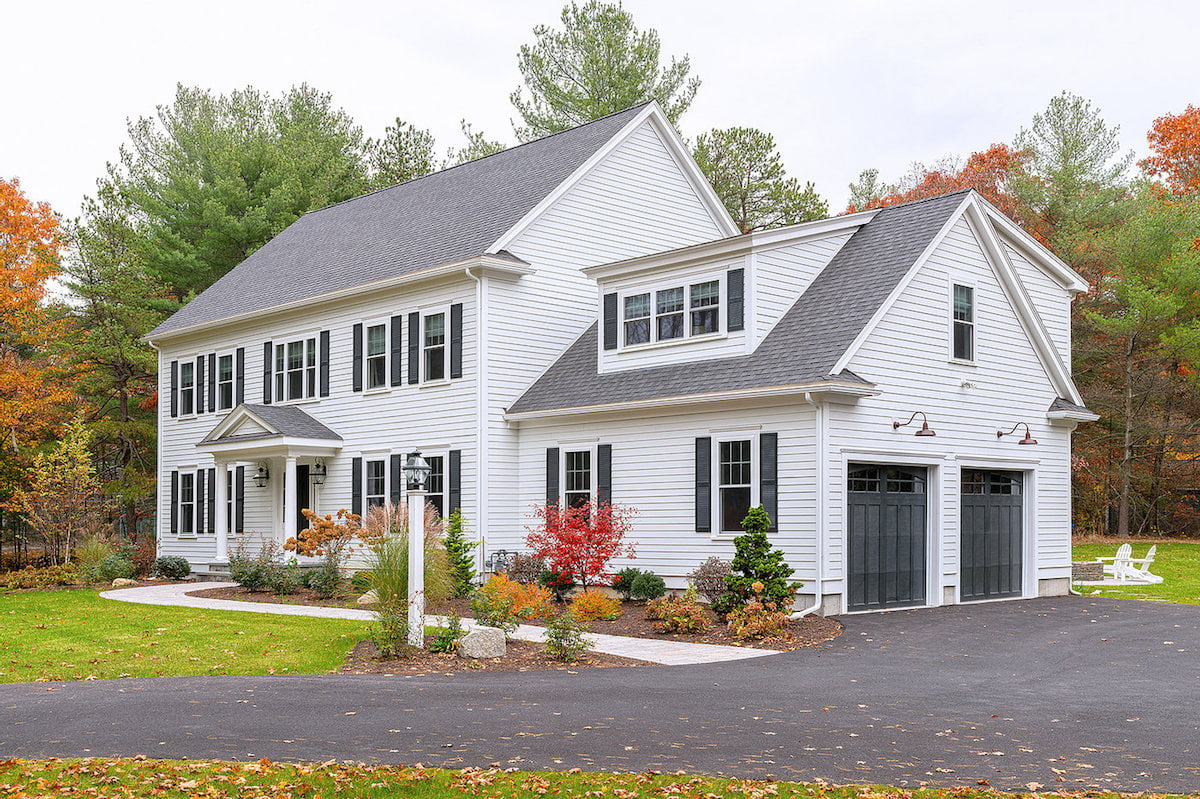
Home maintenance is one of those topics that draws a lot of yawns. Regularly maintaining the various systems and structural elements of a home is one of those “nice to do if I had the time and money” things that many homeowners
ignore. Preventative home maintenance just doesn’t seem like a pressing issue. And maybe it isn’t – until problems occur. Suddenly everyone’s got the time and money to fix a problem when an emergency leak or system failure occurs.
In this eBook, we’ll discuss the importance of regular, professional home maintenance and how it can save you significant time, money, and headaches. The goal is to help you understand that a house and the components that make it functional are a dynamic, active, interrelated system that requires regular attention. And the pay-off is not just economic – you’ll have the peace-of-mind and the happier, healthier home environment that results from a house that stays warmer, cooler, drier, safer, and worry-free because it receives the maintenance it needs and deserves.
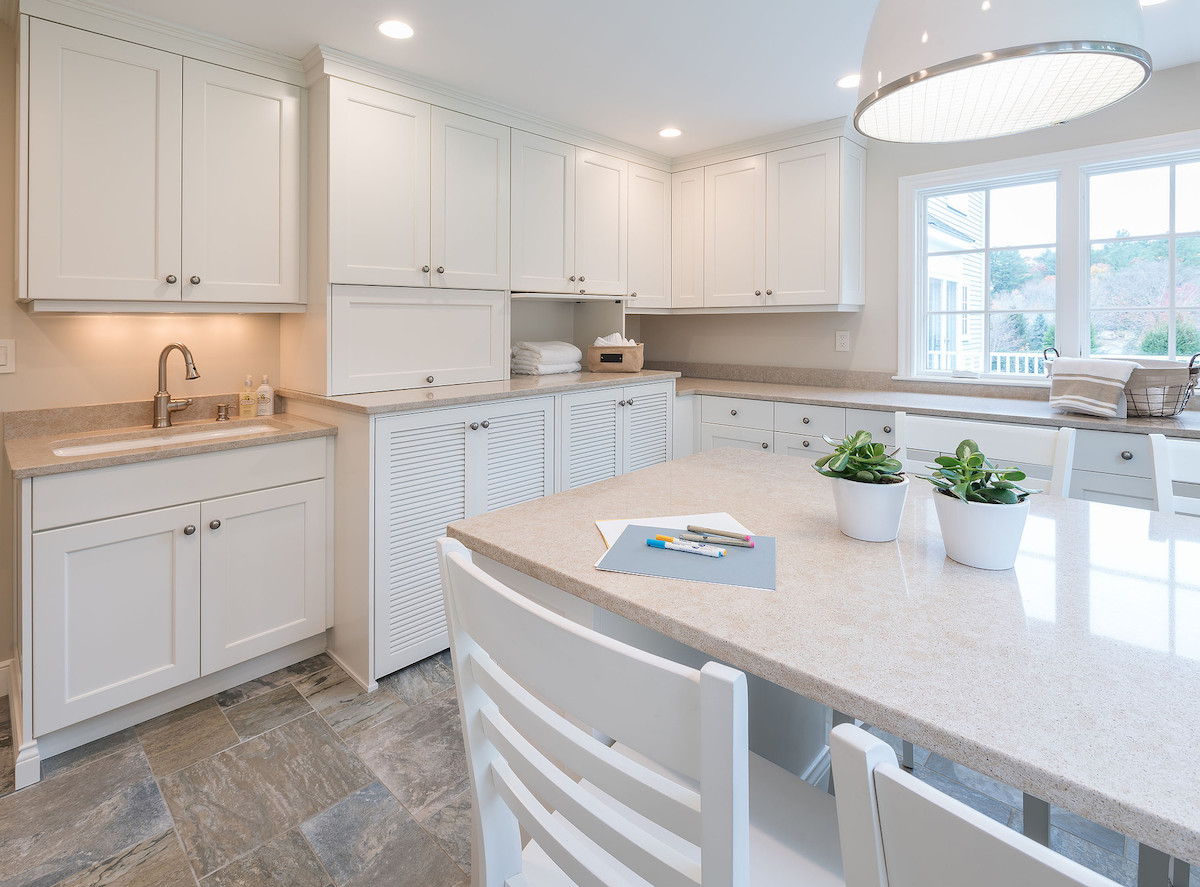
Download your personal copy of this eBook
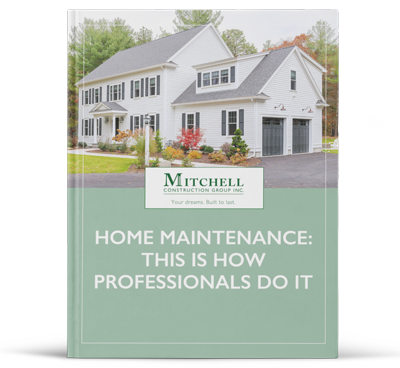
Complete the form to receive your copy.
Get the eBook
Your House: How All the Parts Fit Together
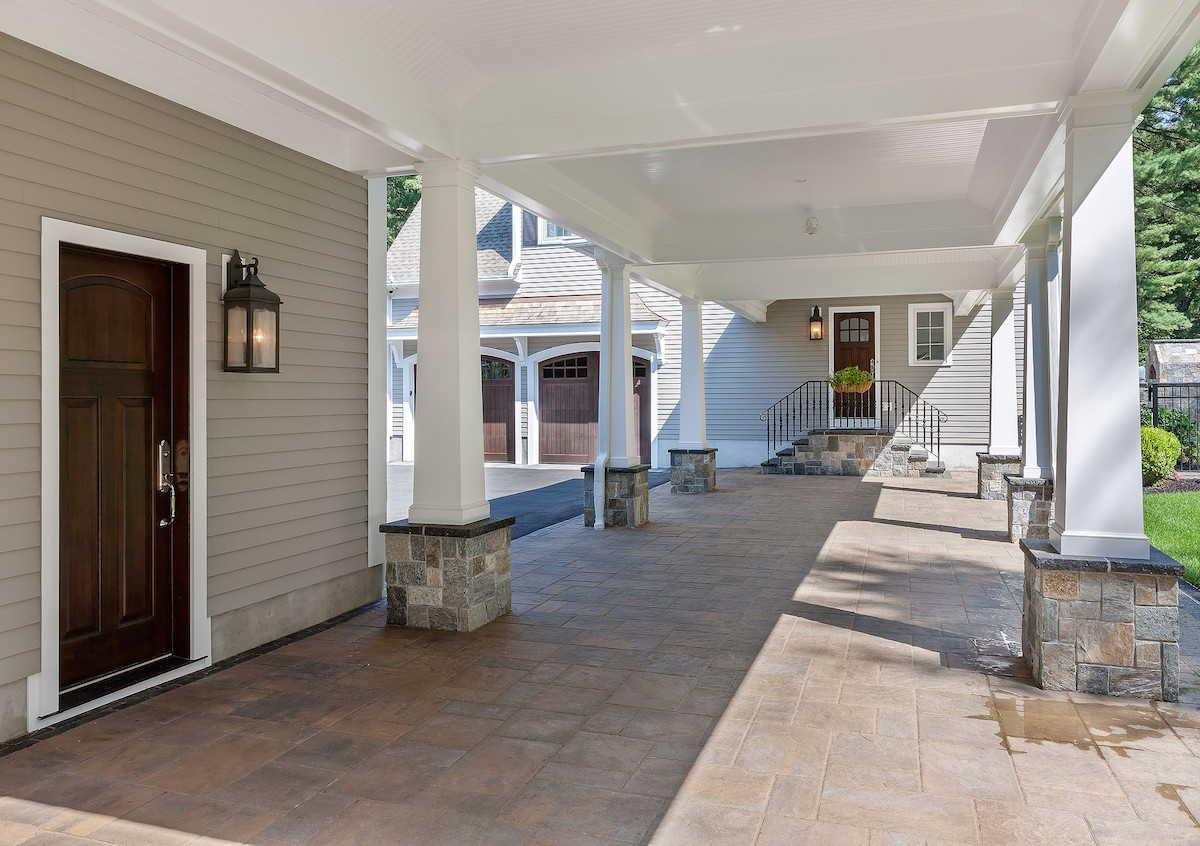
Most people don’t realize that a house is more than a simple structure. It’s much more than just pieces of wood held together with nails and filled with appliances and furniture. Today’s home is a sophisticated, integrated
environment that contains a number of interrelated systems, all enclosed in a hard shell coated with various protective layers.
Think of it this way: your house is similar to your body. It’s made up of various “organs” (Hot water heater, furnace, AC unit), maintained by “nervous and circulatory systems” (electrical and plumbing systems, ducting, and networking), surrounded and protected by a “skeleton” (studs, joists,
floors, walls, and roof), all covered by a protective “skin” (shingles, waterproof membranes, paint, stain, or siding).
Complicated, right? You bet. So it’s easy to see that all of these elements that make up your home are interrelated and integrated. They all work together and support each other. Appliances and HVAC systems don’t work without electricity and, in some cases, plumbing. A leaky roof or basement can mean more than just discomfort and wetness. Leaks can cause problems throughout the home ecosystem: short out electrical systems and appliances, ruin
furniture and carpeting, and cause damage throughout the home far greater than just water spots on the ceiling or wet cardboard boxes in the basement. In extreme cases, leaks can eventually result in compromised structural integrity. In other words, soggy, rotting timbers and ceilings can make your house unstable and dangerous.
Science and Your Home
From a building science perspective, a house is considered a multi-component system. The roof, walls, and foundation comprise the “building envelope” (not quite as visually exciting as our human body analogy) and separate the inside of the house from the outside.
Mechanical systems are also important components. Heating/cooling equipment; ventilation/exhaust systems; even humidifiers/dehumidifiers are incorporated to properly regulate the indoor temperature of the house, air
movement, and indoor moisture levels. The way a house is laid out and the way that residents live in the house also impact the system. In short, every component influences and affects the overall performance of the system.

It’s important to remember that a house continuously interacts with the outside
environment, especially in regions where winters are freezing cold and summers are blazing hot.
Today’s smarter homes are constantly regulating themselves, much like the human body (sorry, we’re back to that analogy because it works so well). In some cases, home renovations – done either by the homeowner or even a professional contractor – can impact the system, often with unpredictable results.
For example, upgrading insulation without considering ventilation can affect the operation of the heating, ventilation, and air conditioning systems. If the homeowner or contractor understands the “house-as-a-system” concept many of these issues can be avoided. In this case, it means that insulation, air sealing, and ventilation work together to provide optimum operating performance for all of the mechanical systems.
As a result, heating/cooling issues as well as indoor moisture and air circulation concerns are all addressed comprehensively, enabling a more effective and efficient solution to be implemented, instead of a temporary fix being put into place that will eventually have to be dealt with, often at greater expense and inconvenience.
DIY: The Home Maintenance Myth
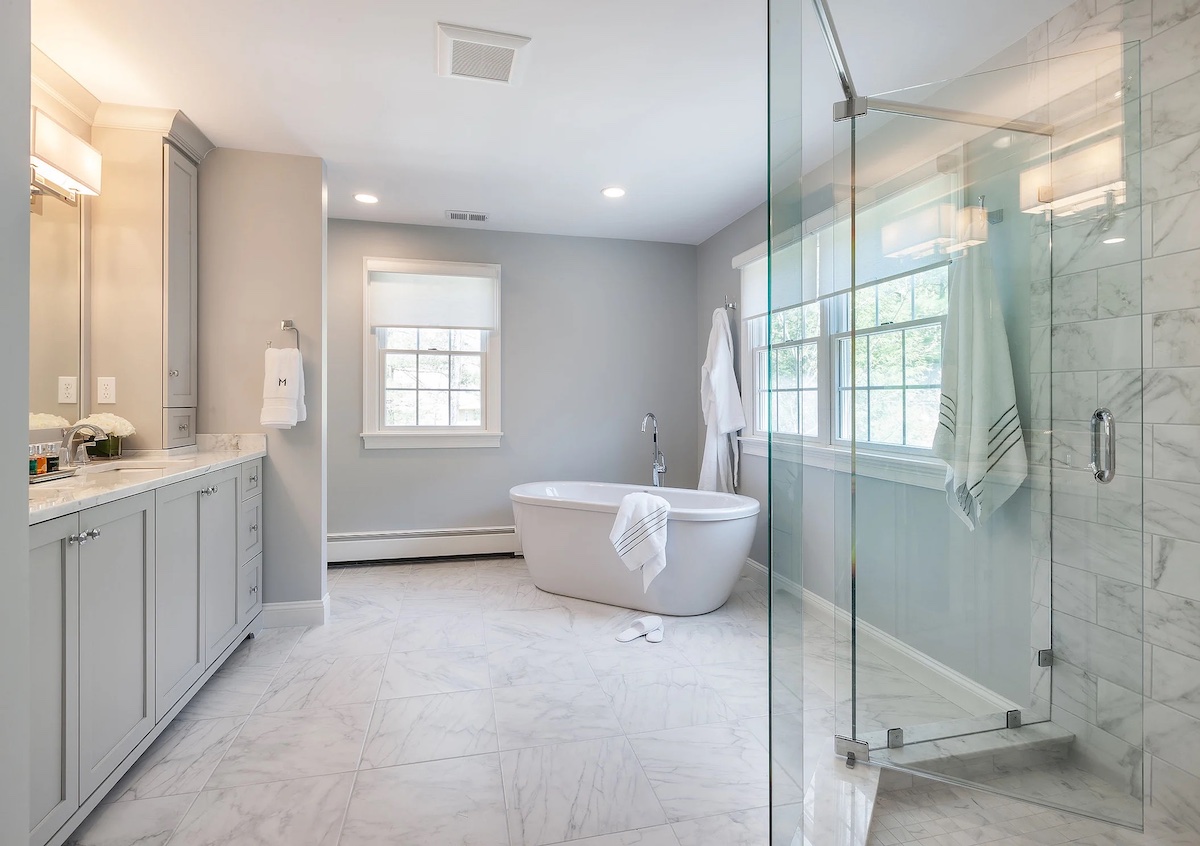
So, as you can see, a house is no simple structure. It’s a dynamic, complex, inorganic yet curiously “alive” ecosystem that needs regular care and feeding to maintain peak performance and provide the daily comfort and functionality we’ve all come to expect from our homes.
For many homeowners the need for some amount of home maintenance often comes to light when a small problem becomes too hard to ignore. Perhaps an occasional minor wet spot has turned into a steady leak. Or that wobbly railing has finally given way, making a deck dangerous. Whatever the problem might be, many homeowners instinctively say to themselves or a spouse, “Hey, no problem, I can handle this. How hard can it be? I’ll just run down to the big box home improvement store and pick up some materials.” Often, though, things don’t proceed as planned.
A recent study of two thousand homeowners conducted by home improvement website Porch.com found that the average home has nine repairs
or DIY jobs that need to be completed, with 57 percent of homeowners feeling that their home was still a “work in progress.” In fact, only ten percent felt that they were completely on top of their home maintenance tasks.
Homeowners often underestimate the investment needed just to maintain the quality of their home and if they are not willing to make that investment, it can lead to much larger costs down the road. There can be a tendency to view calling a professional as unnecessary and expensive, opting instead to tackle the job themselves in an effort to save money and hassle. In fact, 55 percent of homeowners try to do a job on their own, not realizing that their chances of DIY success are slim due to factors such as lack of expertise, experience, and proper tools and materials. Thirty-two percent of homeowners admit to starting a project and abandoning it halfway through after it proved to be too much.
Homeowners often underestimate the investment needed just to maintain the quality of their home and if they are not willing to make that investment, it can lead to much larger costs down the road. There can be a tendency to view calling a professional as unnecessary and expensive, opting instead to tackle the job themselves in an effort to save money and hassle. In fact, 55 percent of homeowners try to do a job on their own, not realizing that their chances of DIY success are slim due to factors such as lack of expertise, experience, and proper tools and materials. Thirty-two percent of homeowners admit to starting a project and abandoning it halfway through after it proved to be too much.
The Dangers of Home Maintenance DIY
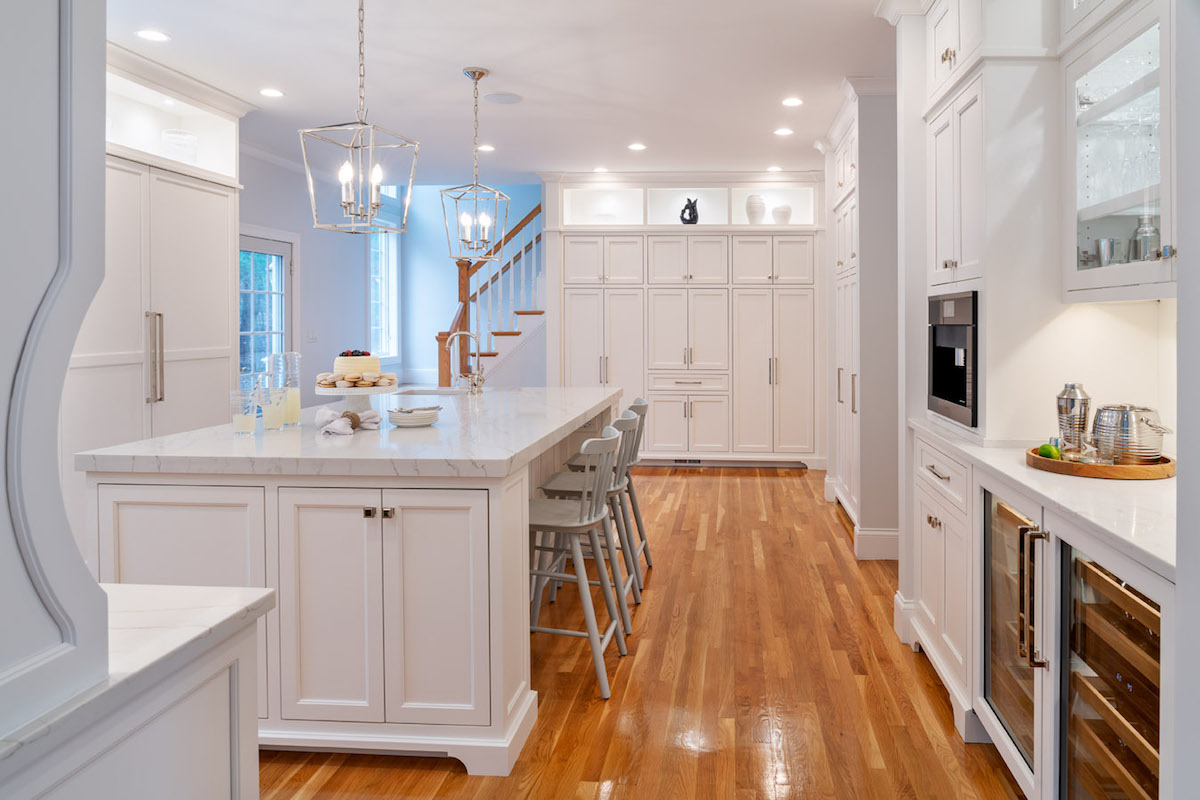
Perhaps the most fundamental reason why DIY projects have such a miserable success rate is because most homeowners simply aren’t aware of the house-as-a-system concept. Their vision is narrow, focused on the immediate problem and how to solve it in the simplest, least-expensive way rather than taking
the time and making the effort to look at the larger picture and try to understand the root cause of the problem. Often the homeowner comes up with a Band-Aid solution to fix the visible symptom when a proper diagnosis is needed to surgically correct the underlying problem (there’s that human body analogy again). Even worse, covering over the problem can delay the necessary maintenance longer, leading to a much bigger, more costly problem down the road.
So now what’s “expensive?" Spending a little more to fix the problem correctly the first time instead of going the cheapo-repair route, or spending a lot more to fix the problem later, after it ballooned into a much larger – and completely avoidable – problem?
This failure to come to grips with the full scope of a home maintenance problem is often compounded by a misunderstanding of “expense” – what’s an appropriate expenditure and what’s truly unnecessary.
For example, let’s take a look at what starts out as a damp basement and a simple water leak problem: A homeowner discovers excessive moisture in his basement. His solution is to mop up the excess and run a dehumidifier to keep the atmospheric moisture down. A cheap and easy way to keep all that moisture at bay, right?
Well, not so fast.
Because he didn’t bother to figure out what the underlying cause of the moisture was, the continued dampness eventually allowed mold and mildew to build up, leading to unhealthy air, damaged goods and materials and a much more costly remediation bill. All because the leak in his foundation remained undiscovered.
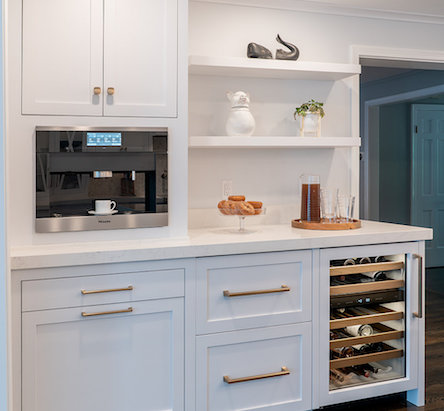
This failure to come to grips with the full scope of a home maintenance problem is often compounded by a misunderstanding of “expense” – what’s an appropriate expenditure and what’s truly unnecessary.
Another fundamental cause of DIY failures is overestimation of their skill and ability level by the homeowner. It’s easy to look at a YouTube video or two and think “Oh, that doesn’t look that hard. Why should I pay a contractor a bazillion dollars when all I need is a wrench, a blowtorch, three feet of pipe, and two hours?” Sadly, this is often a case of hopeless optimism that leads to
more damage and disappointment.
Our example, though, highlights a much graver issue: untrained and unlicensed individuals attempting to perform skilled and risky labor, such as electrical or plumbing work. It is never a good idea for anyone lacking the necessary expertise, experience, and credentials to perform work that involves electrical circuits or flowing water. Those tasks are always best left to the professionals.
So when it comes to cost and what should be considered expensive, it’s important to ask yourself this question: “Does it make sense to end up spending a dollar to fix a 25-cent problem because I’m only willing to spend a dime?”
Why It Makes Sense to Go Pro

The best intentions don’t mean very much when something goes wrong with your home and you make a valiant but incomplete effort to fix it yourself, leaving you and your family struggling to work around whatever the problem is until it gets fixed properly.
By having professionals come to your home and do what they do best, you’ll actually end up saving money in the long run. Rather than causing more
problems by trying to do these jobs yourself or ignoring your home’s maintenance for years, consulting with professionals will save money. Whether you need custom windows installed, gutters repaired or replaced, a new roof, or some other home repair project done safely and efficiently, having professionals assist you with regular home maintenance is a great way to avoid
expensive frustrations down the line.
Plan Your Home Maintenance, Follow Your Plan
Some homeowners find it difficult to figure out what to do, when. After all, if nothing’s wrong, why mess with it? In most cases, it makes sense to pay closer, more regular attention to the things that get the most use and tend to develop issues more often.
In order of importance, here’s a list of systems and items that should receive regular inspection and maintenance:
- Plumbing system including the water heater, branch shutoff valves, water pressure, vent pipes, exterior spigots, sump pump (if applicable), and any older piping that may be suspect because of rust, wear, leaking or cracking
- Heating system including the boiler or furnace, filters, fuel supply connections (natural gas or oil), heat vents and registers, heat pump system (if applicable), and thermostats
- Electrical system including circuit breakers, panelboards, electrical distribution systems, and lighting relays
- Appliances including washer, dryer, dishwasher, and refrigerator connections, filters, and vents (where applicable) to ensure that the machines are working properly and safely
- Home exterior and water management system, starting with the roof, gutters, downspouts, and siding to make sure nothing is damaged or compromised and there is no sign of insect or animal infiltration

Streamlining Your Home Maintenance
Clearly, regular home maintenance can save you time, money, and headaches. But what’s the best approach? Should you identify a roster of specialists to handle specific services individually or find a single, comprehensive resource to handle all of your home maintenance needs?
There’s something to be said for finding a reliable electrician, plumber, roofer, general contractor, and other professionals to inspect your home’s various
systems and handle specific issues as they arise.
The major strength of this approach, however, is also its major drawback – singular focus and a narrow field of expertise. There are many cases in which the original suspected problem ended up being something entirely different.
For example, commonsense might tell you a shorted-out appliance is a simple electrical problem when the underlying cause turns out to be a hidden leak – a
plumbing problem. An electrician might just fix the electrical issue and not think about what caused the problem in the first place. The result might be
larger problems later on, costing even more money.
Also, a tradesperson such as an electrician or plumber tends to be a sole proprietor – a one-person operation. They may not have the time, resources, or specific skillset to solve all of your related problems quickly, efficiently, and cost-effectively. You may end up waiting interminably for a call back that never comes or, worse, having to pay someone else to come and fix what didn’t get
fixed right the first time.
One Call Does It All

A better solution would be to streamline your home maintenance needs with one trusted, comprehensive resource – a full-service team with the skilled professionals, versatility and depth of resources to handle any and all of your home maintenance needs with just one call.
Consolidating your home maintenance service with one team is like having added home insurance – you know that whatever your maintenance and
repair problem, your trusted team has what’s needed to get it fixed right, right away. They’re able to look at every problem through a broader lens to determine the root cause of the issue, regardless of what it is – not just identify and fix the visible symptoms of that underlying problem.
Choosing a single home maintenance partner is the first step. The next is establishing a regular home maintenance schedule to ensure that your entire
house-as-a-system is monitored and maintained so that minor problems are quickly addressed before they become major ones.
Choosing the Right Home Maintenance Partner
So how do you go about finding a home maintenance team you can trust? The Web is usually a great place to start.
Some simple searching can turn up a number of possible candidates and often the quality of the website and the information in it can quickly help you narrow down the serious contenders. Check to see how long they’ve been in business, what awards they might have won, who some of their clients are, and other bits of information that can help provide context about the company and its standing in the community and the marketplace.
Social media will often be a good source of reviews from both satisfied and disgruntled customers to help determine how the company works and the quality of service it provides.
Once you’re ready to start interviewing, it’s important to get references and testimonials from past and present clients. Ask references about what they didn’t like about the company as well as what they did – balanced, accurate input is much better than a list of nothing but glowing, happy reviews.
By doing a little homework upfront, you’ll provide yourself with some peace-of-mind and help ensure that you’ll be working with the right company for the right reasons.
Conclusion
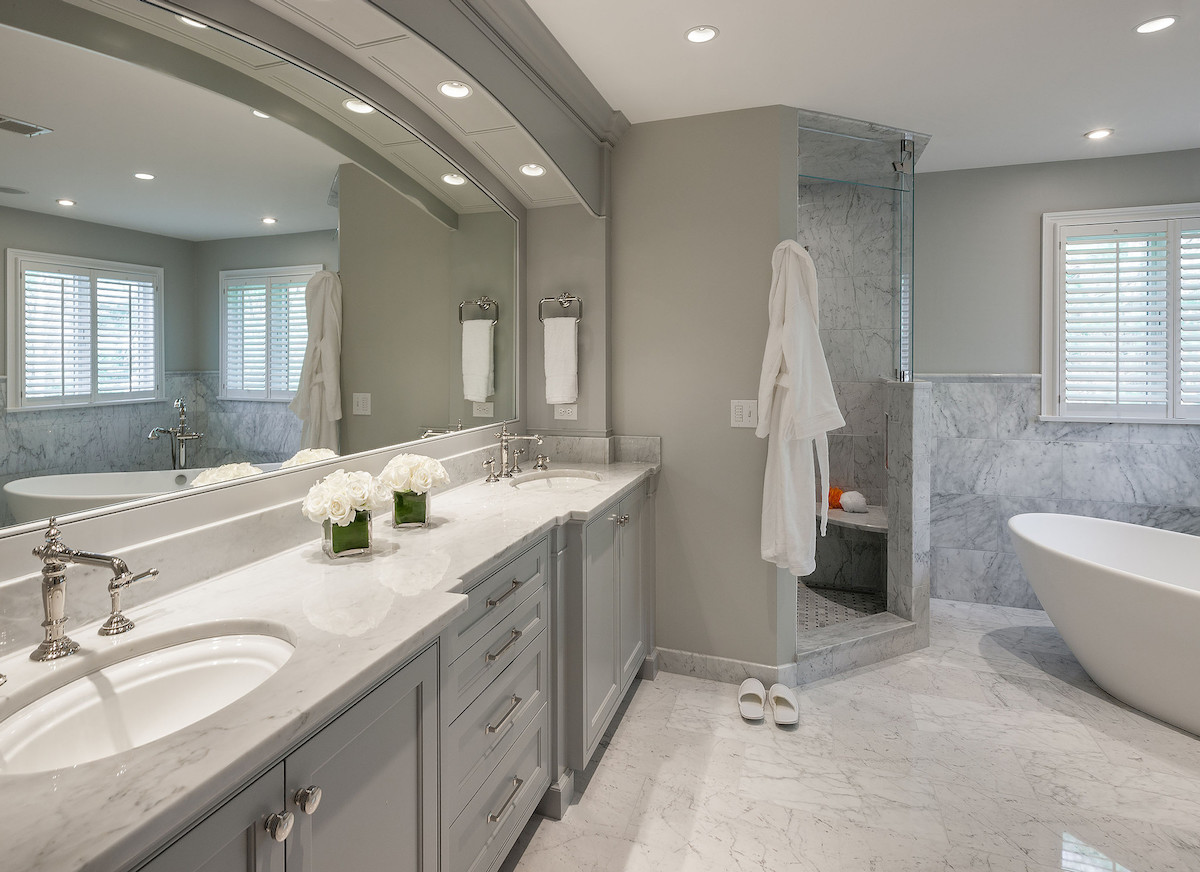
Like any major purchase, your home is an investment, and you want the best return for your money, and effort. While homes in good shape can command a fair price, a survey by Home Business magazine found that homes with renovations, upgrades, and proper upkeep can have returns that raise their value; in fact, routine home maintenance can increase the value of your home by up to 2% annually and cut energy costs by up to 10%. Most buyers look for houses that won’t require major upkeep for a few years, so the more you do to maintain your home, the better return you’ll get for your investment.
But increasing resale value is not the only reason to embrace regular, professional home maintenance. There are the tangible and intangible benefits that come from a home that operates efficiently. When you don’t have to worry about something failing or the frustration and inconvenience of having to deal with some sudden problem, there is a peace-of-mind and deep sense of satisfaction that is invaluable.
Happy home, happy homeowner.
To learn more about our unique approach and proven process for home renovation projects, download our FREE guide, Mitchell Construction’s Secrets to Beautifully Remodeled Homes, or schedule a home maintenance inspection and assessment discovery call.
Get your personal copy of this eBook

Complete the form to receive your copy
Get the eBook
Home Maintenance Inspection and Assessment Discovery Call
Schedule your call with one of our home experts and take a proactive approach to home maintenance.